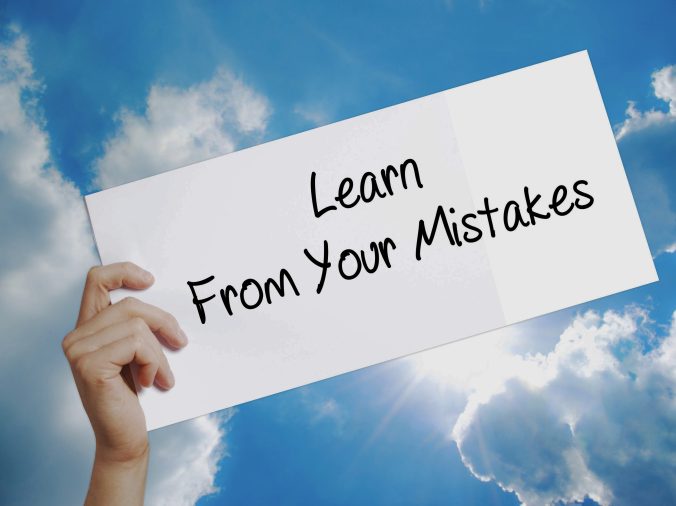It takes more than hard work to grow in your role and build credibility. The impact of your hard work also needs to be visible to others. Workplace visibility is vital to getting your name mentioned in the room where decisions are made, being included in career-shaping projects, and eventually, landing a promotion. If other people don’t know what you’ve accomplished, you’ll never achieve your full potential for advancement. Here’s how to become more visible at work:
Make a move. Being a visible employee requires purpose and intention. It takes action. If you’re normally someone who doesn’t talk in meetings, start speaking up or follow up immediately afterwards with the meeting host. Remember, humility doesn’t equal silence.
Deliver quality work. It may seem obvious but be visible for the right reasons. Do good work. When people can count on quality work from you, you’ll earn the reputation as a reliable, trustworthy, and valued, needed member of the team — all which leads to more visibility.
Know what’s top of mind for key stakeholders. Be able to help and add value to the work of powerful decision-makers in your organization. When you demonstrate that you have a skillset that can be a valuable resource to them and their work, they’ll be more likely to pay attention to your work.
Love to learn. Look for, ask about, and volunteer for learning opportunities that will expand your skills. All the better if those opportunities benefit key stakeholders. Does your company offer cross-departmental job rotations? Does your manager need an extra hand for a time-sensitive project? Can you volunteer to represent your team in cross-functional meetings? Seek learning opportunities that have urgent and promotable tasks.
Be kind. People want to collaborate with kind, thoughtful, good people. Be the person that people enjoy being around and having on their team. See being kind as an opportunity to hone your soft skills, like empathy, compassion, resilience and adaptability — traits that allow others to see you as approachable, collaborative, inclusive and as a valuable employee and emerging leader.
Make a connection. Don’t be shy about linking up with other visible superstars at work. Do this to connect and build relationships with those you admire with the intention of understanding how they earned their visibility. Your contributions will become more visible to them, increasing the potential to earn their sponsorship of you even when you’re not present.
Increasing your visibility takes time. Be patient and know that as you demonstrate your expertise and commitment, people will take notice of your work, ask for your participation and input, and ultimately, acknowledge, value, and reward you for your contributions.
References:
Harvard Business Review (2023, August 18) Nicole D. Smith and Angela Cheng-Cimini: How to Become More Visible at Work






